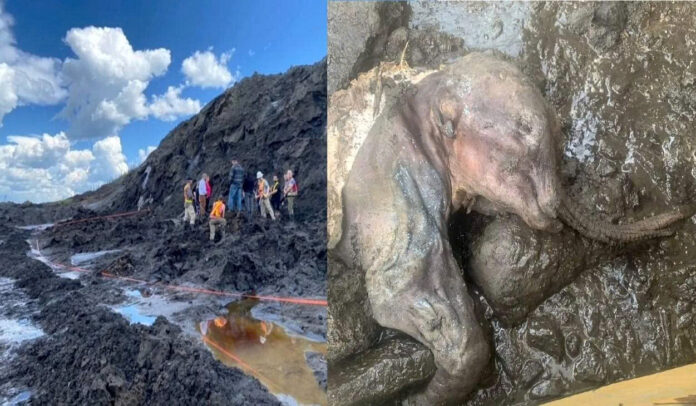A Remarkable Find in the Yukon Permafrost
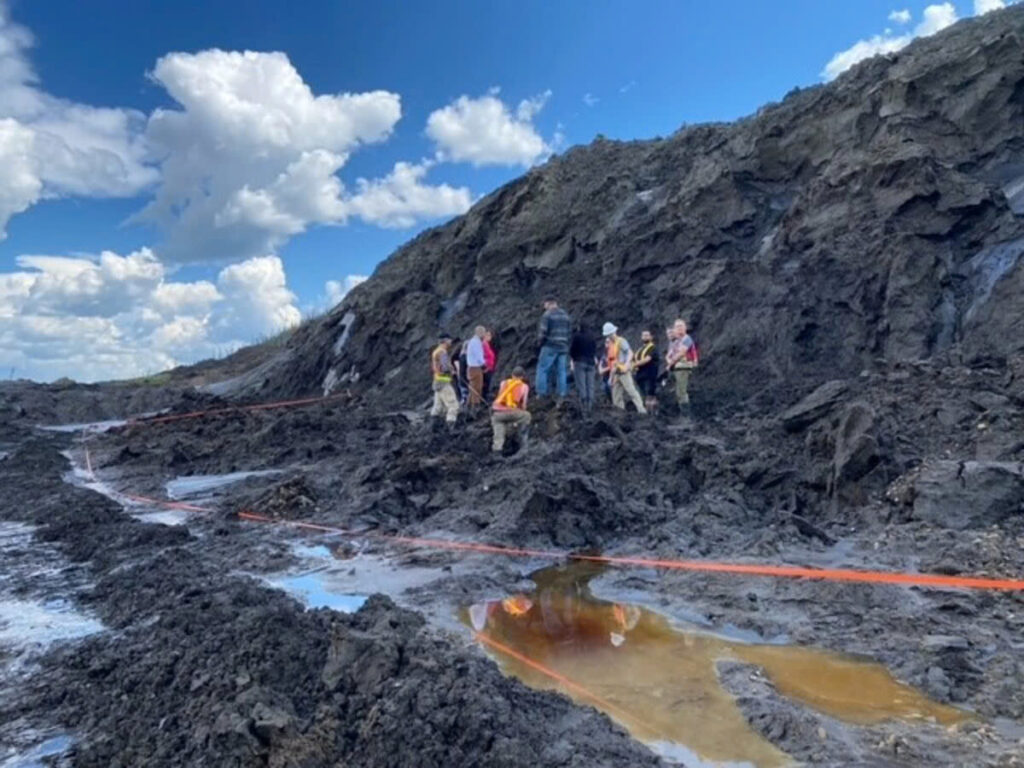
In June 2022, the tranquil landscape of Canada’s Yukon territory was forever changed when a gold miner stumbled upon an extraordinary discovery. Hidden within the icy grip of the permafrost lay a treasure far more valuable than gold – the remarkably preserved remains of a baby woolly mammoth, estimated to be over 30,000 years old.
Unearthing a Prehistoric Wonder
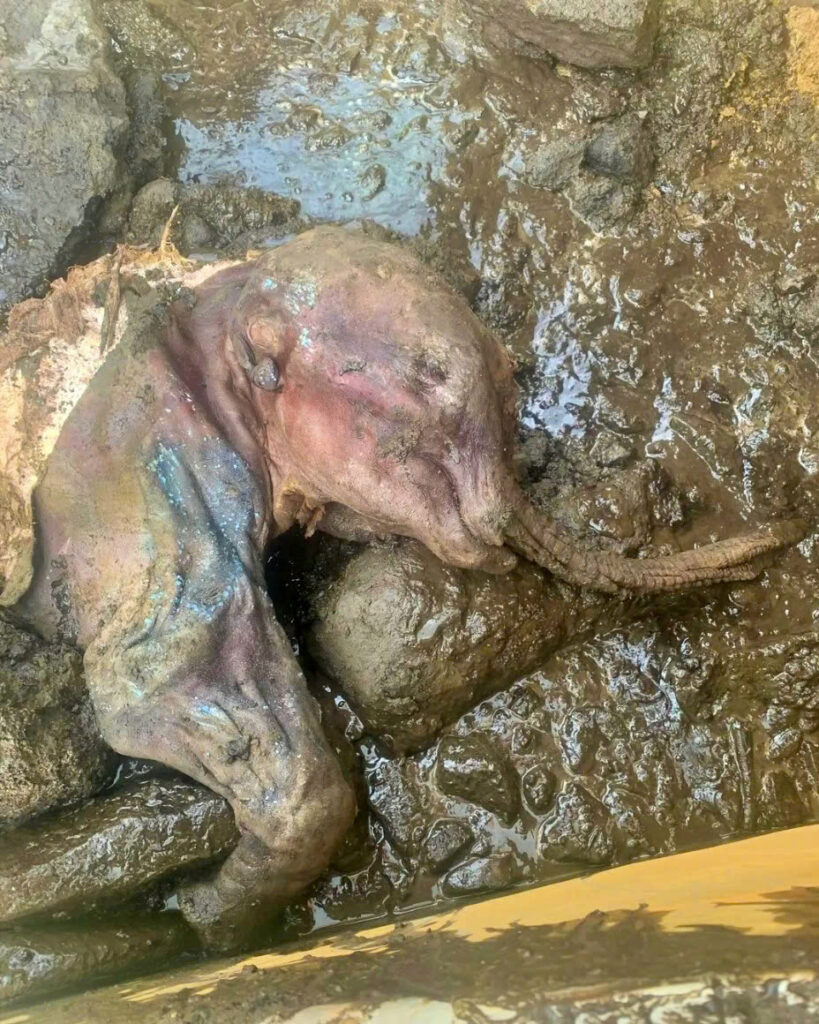
As the miner’s machinery cut through the frozen earth of the Klondike Gold Fields, it revealed something unexpected: the intact body of a woolly mammoth calf. This wasn’t just any fossil find; it was one of the most complete specimens ever discovered worldwide. The young mammoth, christened “Nun cho ga” or “big baby animal” in the local Trʼondëk Hwëchʼin language, had been perfectly preserved by the permafrost, retaining its skin, hair, trunk, and even its tiny toenails.
A Window into the Ice Age
Nature’s Time Capsule
The permafrost that entombed Nun cho ga for millennia served as nature’s own cryogenic chamber. This natural preservation allowed scientists an unprecedented look into the Pleistocene era, offering a wealth of information about the mammoth’s life and the environment it inhabited.
Piecing Together an Ancient Puzzle

Paleontologists estimate that Nun cho ga was only about a month old when it perished, possibly after wandering away from its herd or falling victim to a sudden accident. The circumstances of its death and preservation provide crucial clues about Ice Age ecosystems and the diverse species that once roamed the ancient tundra.
More Than Just a Scientific Marvel
A Cultural Collaboration
The discovery of Nun cho ga transcends mere scientific importance. It represents a unique collaboration between modern researchers and the Trʼondëk Hwëchʼin First Nation, on whose ancestral lands the mammoth was found. This partnership has not only facilitated the study of the remains but also revitalized interest in the oral histories and traditional knowledge of the indigenous people.
Bridging Past and Present
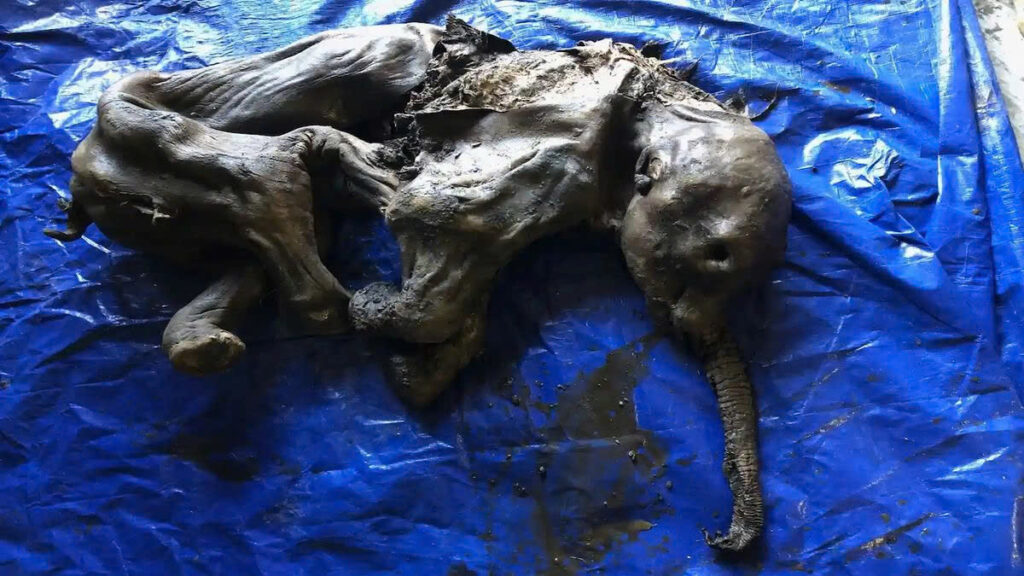
For the Trʼondëk Hwëchʼin elders, Nun cho ga is more than a paleontological find – it’s a tangible link to the stories of “big animals” passed down through generations. This discovery serves as a poignant reminder of the deep connection between the land’s ancient history and the cultural heritage of its people.
Looking to the Future
Unlocking Ancient Secrets
As scientists from around the world eagerly await the opportunity to study Nun cho ga, the potential for groundbreaking discoveries looms large. From unraveling the mammoth’s genetic makeup to understanding its diet and environment, each piece of information gleaned brings us closer to comprehending life during the Ice Age.
A Call to Preservation
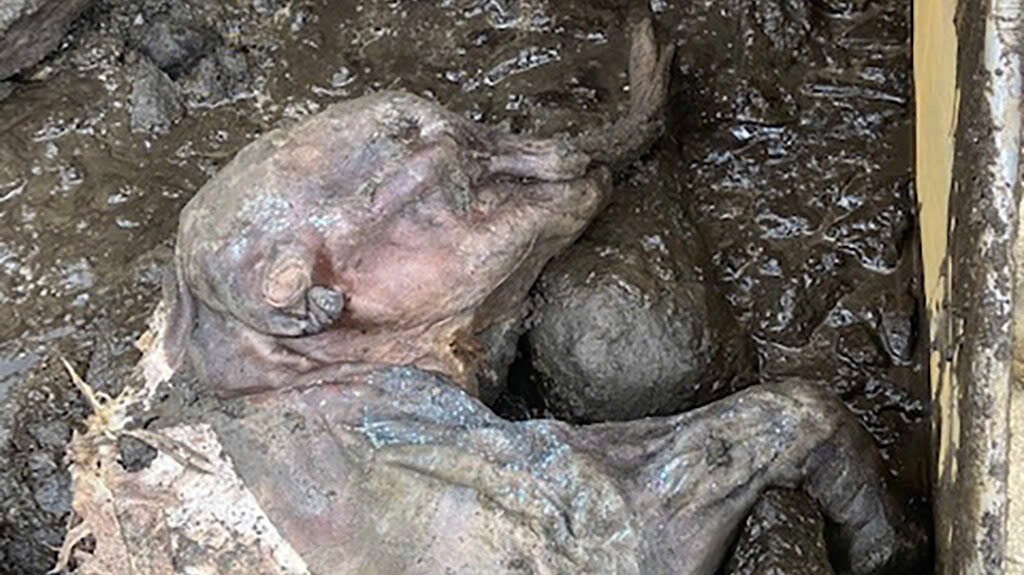
While the thawing permafrost has unveiled this extraordinary specimen, it also serves as a stark reminder of our changing climate. As global temperatures rise, more of these frozen time capsules may be revealed, presenting both opportunities for discovery and challenges for preservation.
Conclusion: A Frozen Legacy
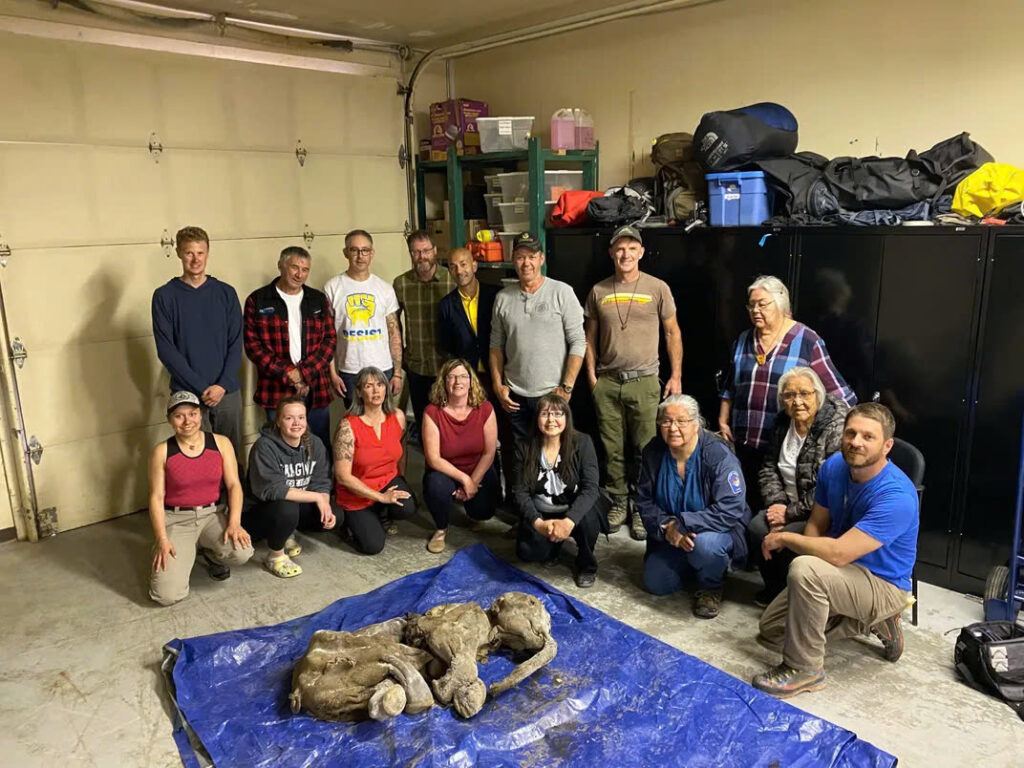
The discovery of Nun cho ga is more than just a scientific breakthrough – it’s a moment that captures the imagination, bridging the vast expanse of time between our world and the Ice Age. As research continues, this little mammoth promises to enrich our understanding of prehistoric life, extinction, and the enduring mysteries of our planet’s past. In the frozen remains of Nun cho ga, we find not just a specimen, but a story – one that connects us to the ancient rhythms of the Earth and the creatures that once roamed its icy expanses.
